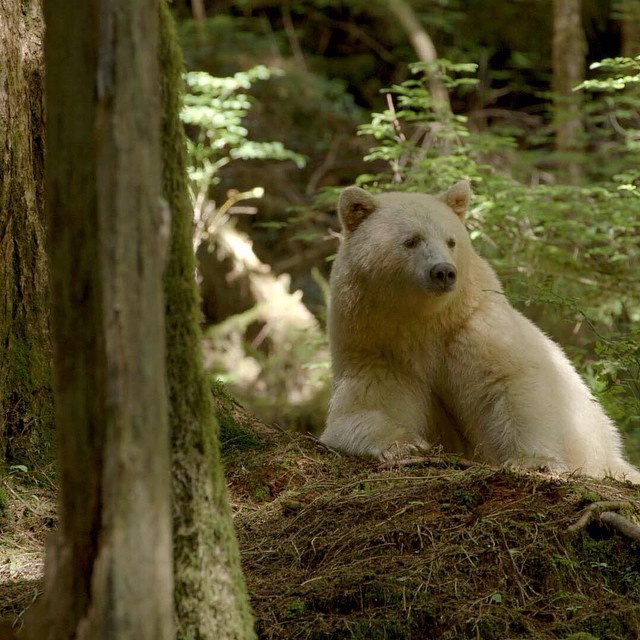Home » Forest Agreement in the Great Bear Rainforest, British Columbia in Canada
Introduction to Collaborative Governance
Forest Agreement in the Great Bear Rainforest, British Columbia in Canada
The story of the Great Bear Rainforest Agreement (GBRA) is one of institutional inadequacy in response to economic adjustment, domestic and international civic engagement, market pressures, and a strengthening biodiversity and sustainability discourse. The conflict escalated to intractable levels in this region in the 1990s as the forest industry and the BC government continued to operate under an established industrial forestry paradigm that privileged development over conservation, while environmental groups successfully mobilized public support for the protection of globally significant old-growth forests – Great Bear Rainforest.


Frustrated with the “talk and log” tactics of the forest companies and the provincial government and the lack of results from public opinion campaigns, the environmental coalition shifted venues by 1) strengthening connections with international environmental advocacy networks, and 2) renewing commitments to market action in the USA and Europe aimed at targeting large consumers of BC’s old growth. Efforts to politicize the “chain of consumption” proved effective, particularly since the boycott threats alone were enough to convince most companies to change their purchasing behaviour out of fears of consumer protest and loss of market share.
Given mounting economic losses and inaction by the government, several forest companies became incentivised to engage in direct negotiations with the environmental groups outside of the formal government decision-making framework. In 1999, four large forest companies holding tenures in the GBR formed the Coast Forest Conservation Initiative (CFCI). This marked the initiation of a collaborative governance regime. Their goal was to work with environmental groups to develop “a conservation plan for forests on the Central and North Coast of British Columbia that will be credible both locally and globally” (Sranko, 2011, p.219).
CFCI companies and environmental groups formalized their discussions by establishing the Joint Solutions Project (JSP) to explore ways to end the market-based conflict over the forests in the GBR. They collaborated on developing integrative solutions and a new vision for forest management on the coast.
In July 2000, a “standstill” agreement was forged between forest companies and environmental groups, whereby environmental groups agreed to halt their market campaigns in return for a promise from Weyerhaeuser and Western Forest Products not to log in 30 sensitive watersheds. In February 2006, the Great Bear Rainforest Agreements were formalized and announced by the B.C. government and First Nations; including plans to protect two million hectares (5 million acres) and to phase-in Ecosystem-Based Management throughout the region by March 2009.
Learn more on the official website of the Great Bear Rainforest Agreement:
https://www2.gov.bc.ca/gov/content/environment/natural-resource-stewardship/great-bear-rainforest/gbr-agreement-highlights
References:
Sranko, G. R. (2011). Collaborative governance and a strategic approach to facilitating change: lessons learned from forest agreements in South East Queensland and the Great Bear Rainforest. Collaborative Governance, 3, 30.
Continue to “Rural Revitalisation in Lai Chi Wo, Hong Kong”
© 2022 Centre for Civil Society and Governance at The University of Hong Kong
Except where otherwise noted, contents of this e-study is licensed under a Creative Commons Attribution-NonCommercial-ShareAlike 4.0 License.
![]()


